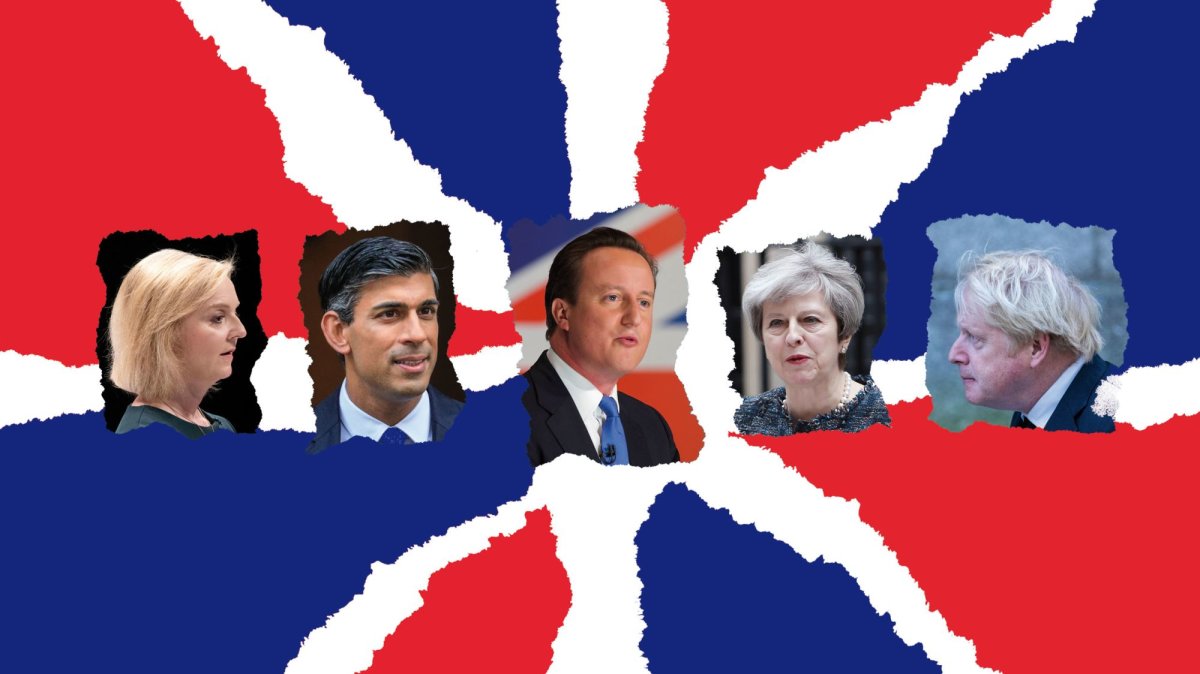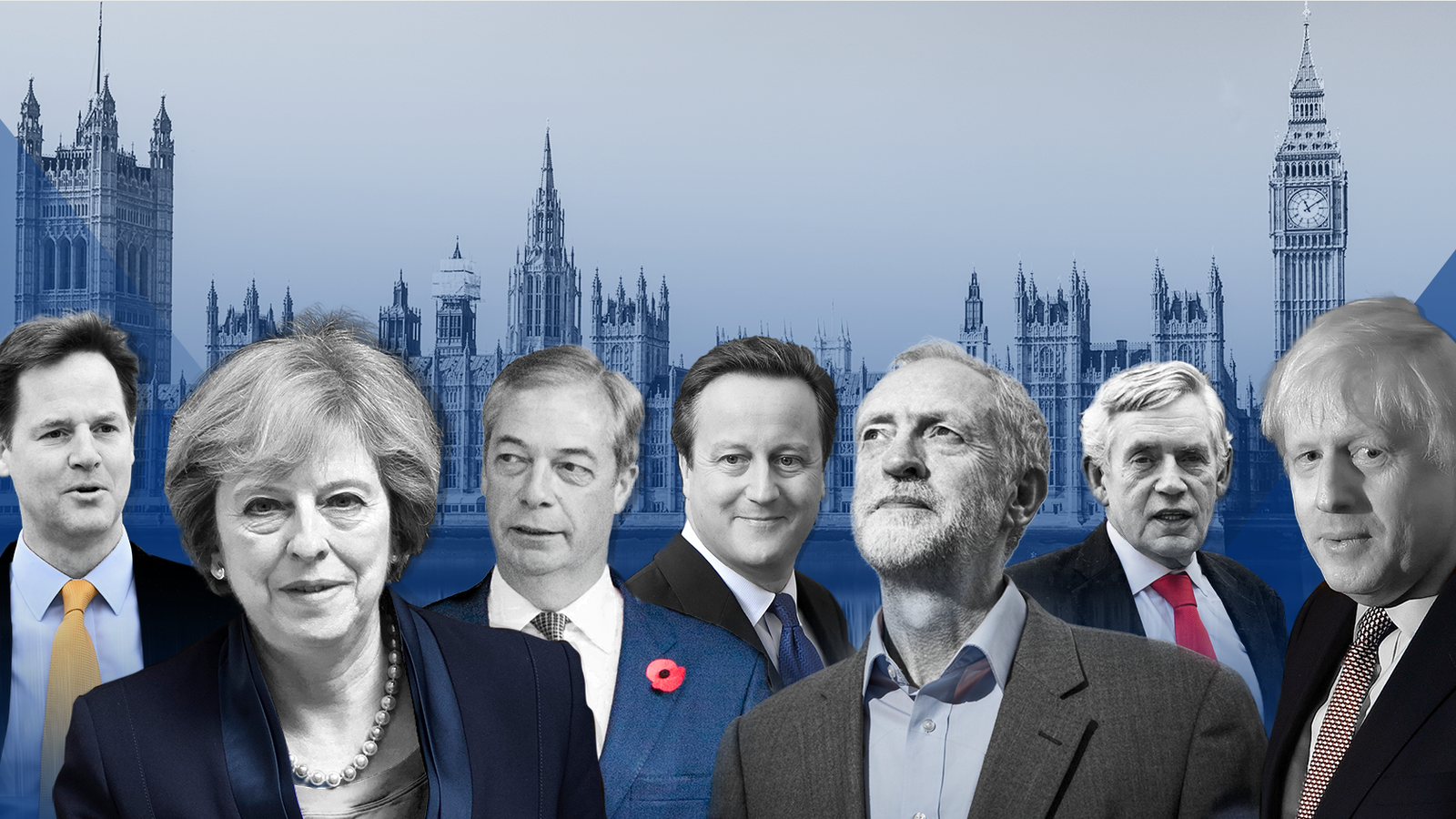Tactical voting has become an increasingly significant phenomenon in UK elections, as voters seek to maximize the impact of their ballot in a first-past-the-post (FPTP) system. While the notion of casting a vote for someone other than your preferred candidate might seem counterintuitive, tactical voting is a calculated move to influence the outcome in competitive races where a voter’s first-choice candidate is unlikely to win.
In this article, we’ll explore the mechanics of tactical voting, its prevalence in recent UK elections, and the effect it can have on results. We will also delve into the motivations behind this practice, the strategies that voters use, and the potential implications for the democratic process.
What is Tactical Voting?
Tactical voting occurs when a voter chooses a candidate they believe has a stronger chance of winning over their preferred candidate, with the intention of preventing an even less desirable candidate from being elected. In the UK’s FPTP system, where the candidate with the most votes in a constituency wins, tactical voting becomes a way for voters to “game” the system to achieve a more favorable outcome.
For example, in a three-way race between a Conservative, Labour, and Liberal Democrat candidate, a Labour supporter in a Conservative-Liberal Democrat marginal seat might vote for the Liberal Democrat candidate. Though Labour may be their preferred party, the tactical voter calculates that Labour has little chance of winning in that specific constituency. Instead, by voting for the Liberal Democrat, they can help prevent the Conservative candidate from winning, which aligns more closely with their political objectives.
Why Do Voters Engage in Tactical Voting?
The FPTP system is often criticized for not representing the proportional will of the people. Unlike proportional representation systems, FPTP means that votes cast for losing candidates have no influence on the makeup of Parliament, and often large portions of the electorate are effectively disenfranchised in constituencies where one party dominates.
Tactical voting is a response to this system, where voters in “safe seats” or “marginal seats” attempt to have a say in the election by influencing which candidate wins, even if it is not their first choice. The key motivations behind tactical voting can include:
- Preventing the election of a disliked candidate or party: Often, the primary reason for tactical voting is to block a party or candidate the voter strongly opposes. If the voter perceives that their preferred candidate has no realistic chance of winning, they may switch to a more viable alternative in the hope of stopping the least desirable candidate from gaining power.
- Maximizing the effect of their vote in marginal seats: In tightly contested constituencies, where the race between two leading candidates is close, voters may feel that their tactical vote could tip the balance and determine the winner.
- Supporting a compromise candidate: In some cases, voters may tactically support a candidate who they view as a compromise between the available choices. This is particularly relevant in multi-party systems, where a voter’s first-choice candidate may be too fringe or unlikely to secure a victory.
Tactical Voting in Recent UK Elections
Tactical voting has been a notable factor in several recent UK elections, especially during the 2019 General Election and the Brexit-related referenda. The 2019 election, in particular, saw a surge in tactical voting as voters tried to influence the outcome of key marginal constituencies.
For example, tactical voting was heavily promoted in anti-Brexit circles, where voters who opposed the Conservative Party’s stance on leaving the European Union cast their votes for whichever opposition candidate was deemed most likely to win, even if that candidate wasn’t from their preferred party. Tactical voting websites and apps became popular, helping guide voters in marginal seats on how to use their vote strategically to either block Brexit or ensure a second referendum.
In the 2019 election, tactical voting was also observed among supporters of the Labour and Liberal Democrats, who switched votes to each other in constituencies where they hoped to unseat Conservative candidates.
The Effect of Tactical Voting on Election Outcomes
While the overall effect of tactical voting on UK elections can be difficult to measure precisely, its impact is undeniable in marginal constituencies. In a handful of seats, a shift of a few thousand votes can determine the outcome, and tactical voting can make the difference between a win or loss for a particular candidate.
In the 2019 election, some analyses suggest that tactical voting played a role in the results of dozens of constituencies. This is especially significant in an election where the majority of seats are considered “safe” for a particular party, and the true battlegrounds are concentrated in a relatively small number of marginals.
However, while tactical voting can sway outcomes in tight races, it can also backfire. For example, if too many voters switch away from their preferred candidate to back a “lesser evil,” it may result in the unexpected loss of a candidate who might have had a stronger chance than predicted.
Criticisms of Tactical Voting
Tactical voting, while practical in the short term, is not without its critics. Some argue that it undermines the principle of democratic choice by encouraging voters to choose based on strategy rather than conviction. In a true representative democracy, the argument goes, voters should be able to support the candidate or party that best represents their views, without feeling the need to game the system.
Others suggest that tactical voting is a symptom of the flaws in the FPTP system itself. In a proportional representation system, for example, votes would be distributed more equitably, reducing the need for voters to act tactically.
Moreover, tactical voting may reinforce the dominance of larger parties at the expense of smaller ones. For example, Green Party supporters may often feel pressured to vote Labour in order to prevent a Conservative win, thus diminishing the chances of Green Party candidates gaining a foothold.
The Future of Tactical Voting in UK Elections
As long as the UK retains its FPTP electoral system, tactical voting is likely to remain a fixture of the political landscape. With growing voter awareness and tools like tactical voting websites and apps, this phenomenon is only becoming more prevalent.
In the years to come, the potential for tactical voting to impact election outcomes will likely increase, especially in closely contested elections. However, whether this practice strengthens or weakens democracy remains a point of debate. At the very least, tactical voting is a testament to the adaptability of the electorate in navigating a system that doesn’t always deliver proportional representation.
For now, voters continue to weigh their options carefully, balancing idealism with pragmatism as they seek to influence the direction of UK politics.











